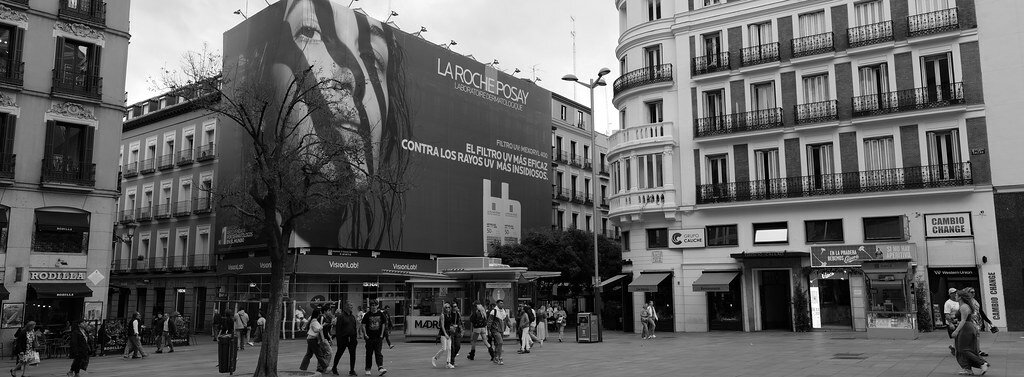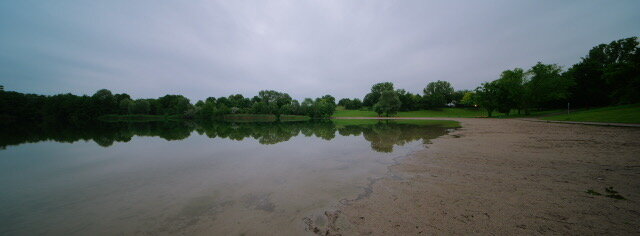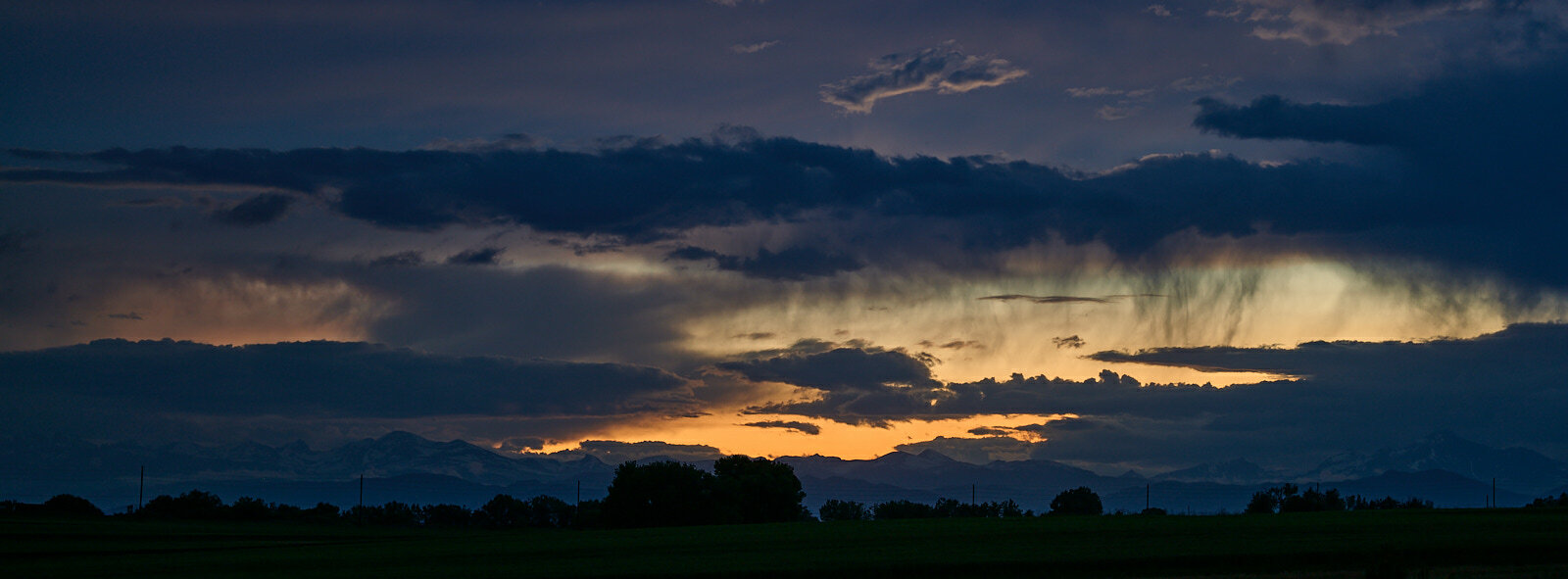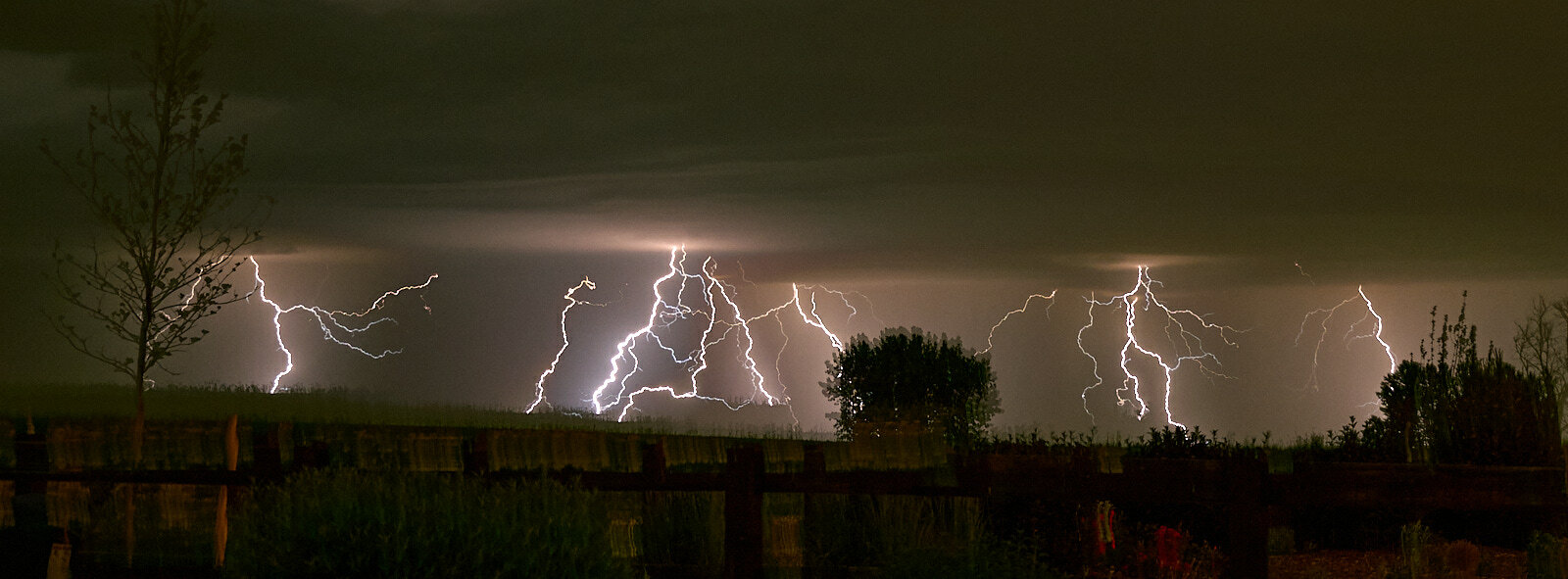Thank Paul.
I've compared my 28-200 to my 70-300 @ 200mm, F8. In the center, the 28-200 has a little softness - not much, but a little - compared to the 70-300. Running both raws through DxO Pure Raw 4 pretty much erases the difference. Again, at the center.
However at the edges, the difference is more pronounced - with the 70-300 being clearly sharper - and while DxO can partially close the gap, when you process both in DxO the 70-300 is still sharper at the edges. And when I say "edge" I literally mean the right edge of the frame at the same depth-of-field as the focus point, which was set to roughly hyper-focal distance. I have not tested corners yet but suspect the 70-300 to keep a comfortable edge there as well, unless the 28-200 has "up-side-down" field curvature, which is something I have yet to test for.
And this test was with the subject at about 10m, so not a long-distance/infinity test.
That's been basically my experience with the 28-200 with most of the comparisons I've done. It does quite well in the center, but can't compete at the edges with lenses that have a narrower focal length range. Still, I quite like it overall, in the right situation.









